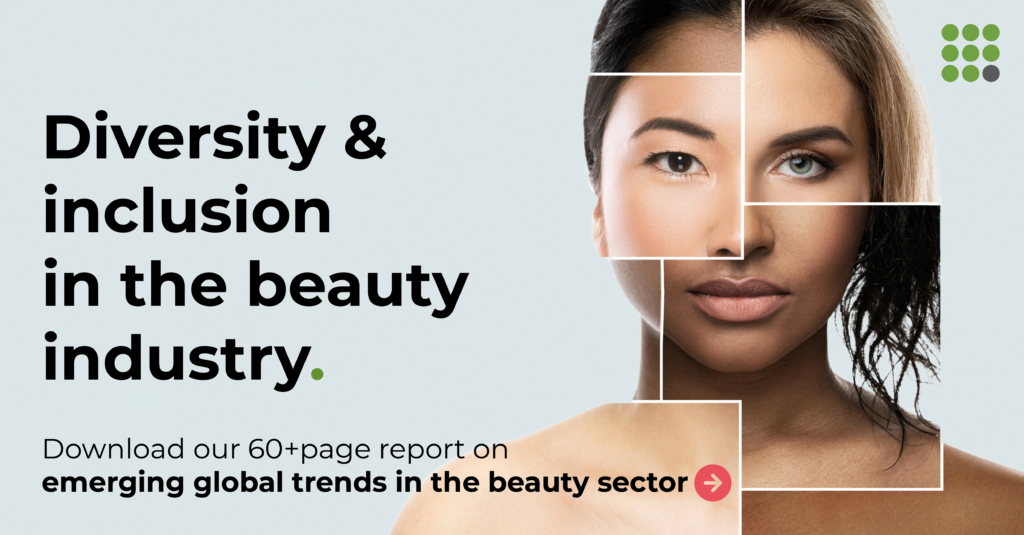When conducting market research, asking the right questions is crucial. The magic happens when you dig deeper than the traditional ‘yes’ or ‘no’ responses. This is where open-ended questions come in. These questions allow respondents to express their thoughts in their own words, providing richer, more meaningful insights.
This blog will guide you on effectively using open-ended survey questions in your market research, analysing the responses, and highlighting some best practices. We’ll also share some examples of effective open-ended questions.
Also, read “Bad Survey Questions and How to Avoid Them.“
The Power of Open-Ended Questions
Open-ended questions cannot be answered with a simple ‘yes’ or ‘no’. They allow respondents to express their opinions, thoughts, and feelings in a more detailed and nuanced manner.
For instance, instead of asking, “Do you like our product?” (a close-ended question), you could ask, “What do you like most about our product?” The latter question provides more room for detailed responses, giving you deeper insights into what your customers value about your product.
How to Use Open-Ended Questions in Your Survey
Strategically placing open-ended questions in your survey is key. Too many open-ended questions can make the survey long and tedious, leading to lower response rates. Consider mixing both close-ended and open-ended questions to maintain balance.
Open-ended questions should be clear and straightforward. Avoid using industry jargon or complex language that might confuse the respondent.
Here are a few examples of effective open-ended questions:
- “What features would you like to see added to our product in the future?”
- “Can you describe a situation where our service helped solve your problem?”
- “What made you choose our product over others available in the market?”
Here are some examples of less-effective questions, why they’re problematic, and how they could be improved for better insights
Example 1: “Are there any comments you’d like to share?”
Problem: This question is too vague. Respondents may need to learn precisely what you’re asking for, which could lead to irrelevant responses or discourage respondents from answering.
Solution: Instead, ask, “Can you share your thoughts on how we could improve our product?” This question is more specific and invites respondents to provide actionable feedback.
Example 2: “Do you like our new website?”
Problem: While seemingly open-ended, this question can be answered with a simple ‘yes’ or ‘no’. It doesn’t encourage respondents to provide details or reasons behind their answers.
Solution: A better way to phrase this could be, “What do you like most about our new website, and what could be improved?” This invites respondents to share specific positive feedback and offer constructive criticism.
Example 3: “What features do you want in our product?”
Problem: While this question seeks valuable feedback, it might be too open-ended. Respondents might suggest features beyond your product’s scope, making the feedback less actionable.
Solution: Instead, consider asking, “Which existing feature would you like us to enhance in our product, and why?” This question still captures the desire for improvement but focuses on the product’s current capabilities.
Example 4: “Tell us about our customer service.”
Problem: This question is broad and might lead to unfocused answers. It doesn’t guide respondents on which aspects of customer service they’re interested in.
Solution: An improved version of this question could be, “Could you describe a recent experience you had with our customer service team and how it could have been better?” This question prompts respondents to share specific experiences and provide targeted feedback.
Crafting effective open-ended questions is about clarity and relevance. Strive for questions that encourage detailed, focused responses while ensuring the question is directly relevant to the respondent and the purpose of your research.
Analysing Responses to Open-Ended Questions
Analysing open-ended responses can be more complex than analysing close-ended ones due to the qualitative nature of the responses.
Here are some strategies to help:
- Thematic Analysis: This involves identifying recurring themes or patterns in the responses. For example, if many respondents mention that they love your product’s ‘ease of use’, it’s a recurring theme worth noting.
- Sentiment Analysis: This is used to gauge the overall sentiment of the responses, i.e., whether they are positive, negative, or neutral. This can give you a quick understanding of the overall perception of your product or service.
- Coding: This involves categorising responses into predefined categories. For example, responses to the question “What do you like most about our product?” could be coded into categories such as ‘price’, ‘quality’, ‘customer service’, and so on.
Best Practices for Using Open-Ended Questions
- Use sparingly: Avoid overwhelming respondents with too many open-ended questions. They should be used sparingly and strategically.
- Ensure clarity: The question should be easy to understand. Avoid ambiguity that may confuse respondents.
- Invite elaboration: Encourage respondents to provide as much detail as possible. You can do this using phrases like, “Please explain…” or “Could you elaborate on…”
- Keep it relevant: Ensure that your open-ended questions are relevant to the respondent and the purpose of your survey. Irrelevant questions may lead to incomplete responses or drop-outs.
When and Why Should You Use an Open-Ended Question?
Open-ended questions can be incredibly useful, but knowing when to deploy them is vital for their effectiveness.
Here are a few scenarios where open-ended questions are particularly beneficial:
- Gathering In-Depth Insights: Open-ended questions are perfect when seeking detailed and nuanced insights from your respondents. They encourage respondents to share their experiences, perspectives, and opinions in their own words, providing richer and more complex data than close-ended questions.
- Exploring New Ideas: Open-ended questions can be a valuable tool if you’re looking for fresh ideas or creative input. They give respondents the freedom to think outside the box and offer suggestions they might not have considered.
- Understanding Customer Sentiment: When you want to gauge how customers feel about your brand, product, or service, open-ended questions can reveal more about their emotions and attitudes. Sentiments are often complex and can’t be captured fully by a simple ‘yes’ or ‘no’ answer.
- Problem Diagnosis: If customers face issues with your product or service, open-ended questions can help diagnose the problem more effectively. By allowing customers to describe the issue in their own words, you’re more likely to understand the root of the problem.
Why should you use open-ended questions? Open-ended questions are essential when you want to:
- Understand the ‘Why’: Open-ended questions help you understand why respondents feel a certain way, providing context that can help inform your decision-making.
- Identify Trends and Patterns: By identifying common themes or trends in the responses to open-ended questions, you can gain valuable insights into broad customer attitudes and behaviours.
- Empower Respondents: Open-ended questions give your respondents a voice, making them feel valued and engaged. This can help build stronger relationships with your customers.
The ultimate goal of using open-ended questions is to collect meaningful and actionable insights to help you make informed decisions, enhance your product or service, and ultimately better serve your customers.
Analysing results from open-ended questions can be challenging due to the qualitative nature of the data.
However, the following steps can guide you through the process and help you extract meaningful insights:
- Organise Your Responses: Start by collecting and organising all the responses you’ve received. You might transcribe them if they were collected verbally, or if they’re written, gather them into a single document or spreadsheet for analysis.
- Read and Familiarise Yourself with the Responses: Read through all the responses carefully to get a sense of what your respondents are saying. This will give you an initial understanding of the general sentiments and main ideas.
- Code Your Responses: Coding is the process of categorising responses based on shared themes or concepts. You could categorise responses to product improvement questions into themes like ‘product features’, ‘pricing’, and ‘customer service.’
- Identify Themes or Patterns: After coding, analyse the categories to identify common themes or patterns. These recurring themes can reveal significant insights about your respondents’ opinions or experiences.
- Quantify Your Data: You should quantify your data depending on the number of responses. For instance, you can calculate the percentage of responses that mention a particular theme. This can help when comparing the prominence of different themes.
- Perform Sentiment Analysis: This involves assessing the emotional tone of the responses. Software tools can assist with this, especially for larger datasets. You can classify responses as positive, negative, or neutral.
- Review and Interpret Your Findings: Review your coded data, theme patterns, and sentiment analysis results. What do they suggest about your respondents’ perspectives? What actionable insights can you extract?
- Present Your Findings: Summarise your findings clearly and concisely, suitable for presentation. Visual aids such as charts, graphs, or word clouds can help communicate your results effectively.
Analysing open-ended responses can be time-consuming, but the depth and richness of the insights you’ll gain make it a worthwhile endeavour.
Open-ended questions can provide rich, in-depth insights into your customers’ thoughts, feelings, and motivations. Remember, it’s not about the quantity of data you collect but the quality of the insights you glean that truly matter in market research.
Get regular insights
Keep up to date with the latest insights from our research as well as all our company news in our free monthly newsletter.





 Senior Marketing Executive
Senior Marketing Executive Sales & Marketing
Sales & Marketing General Manager PR -Internal Communications & Government Affairs
General Manager PR -Internal Communications & Government Affairs Vital Strategies
Vital Strategies
 Customer Intelligence Director
Customer Intelligence Director